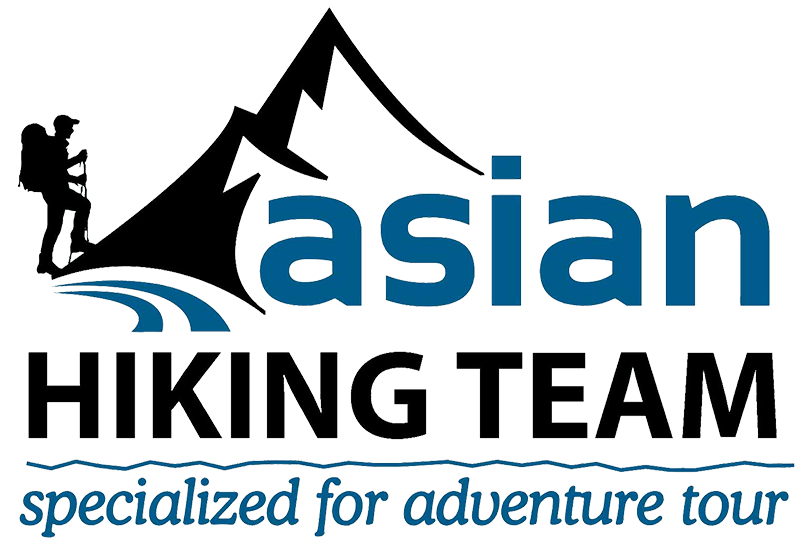Trekking Peak is a peak with elevation limit of 6500 m from sea level which is easier to climb without special equipment and long training. However Nepal has number of Himalayan peaks to climb but only 33 out of them are open to the climbers and these peaks are identified as "Trekking Peaks". Government of Nepal had given to Nepal Mountaineering Association (NMA) manages the 27 trekking peaks climbing in Nepal. NMA managing peaks we call trekking peaks.
Yet, the cabinet meeting of Nepal government change the rules that less than 6000m 6 peaks are free for climbing so that Nepal Mountaineering Association (NMA) issue permit 27 peaks. Tharpu Chuli (Tent Peak) (5663m), Ganja La Chuli (Naya kanga) (5844m), Pokhalde peak (5806m), Mardi Himal (5587m), Paldor Peak (5896m), Yala Peak (5732m) are free to climb.
There are two different climbing peak groups. Here Group A consists of 12 summits out of 27. And Group B consists of 15 summits. Some of the peaks are very popular peak climbing in Nepal. Island peak 6165m, Mera Peak 6470m, Lobuje Peak 6119m, Chulu west peak 6419m, Ramdung peak 5900m, Pharchemo are popular peak climbing in Nepal. Some of peaks are technical peak climbing. Chulu east 6584m, Singu Chuli 6500m, Himchuli 6434m, Kushum Khanguru 6360, Langshisa Ri 6412m are technical to climb.
Normally, trekking peaks climbing periods two to four days from base camp to summit and return to base camp however some of Technical Mountain require more than 4 days too.
It is illegal to climb peak without obtaining climbing permit. Nepal Mountaineering Association (NMA) issues climbing permit upon request. Garbage deposit US$ 500 is required and refundable. The royalty for trekking peaks ranges from US$ 70.00 (low season) to US$ 250.00 (high season) depend on season and the particular peak on per person basic. The permission issued will be valid for a period of one month. For extending the permission, an additional 25% charged of the total amount of the initial fee will be made for each extra week.

















